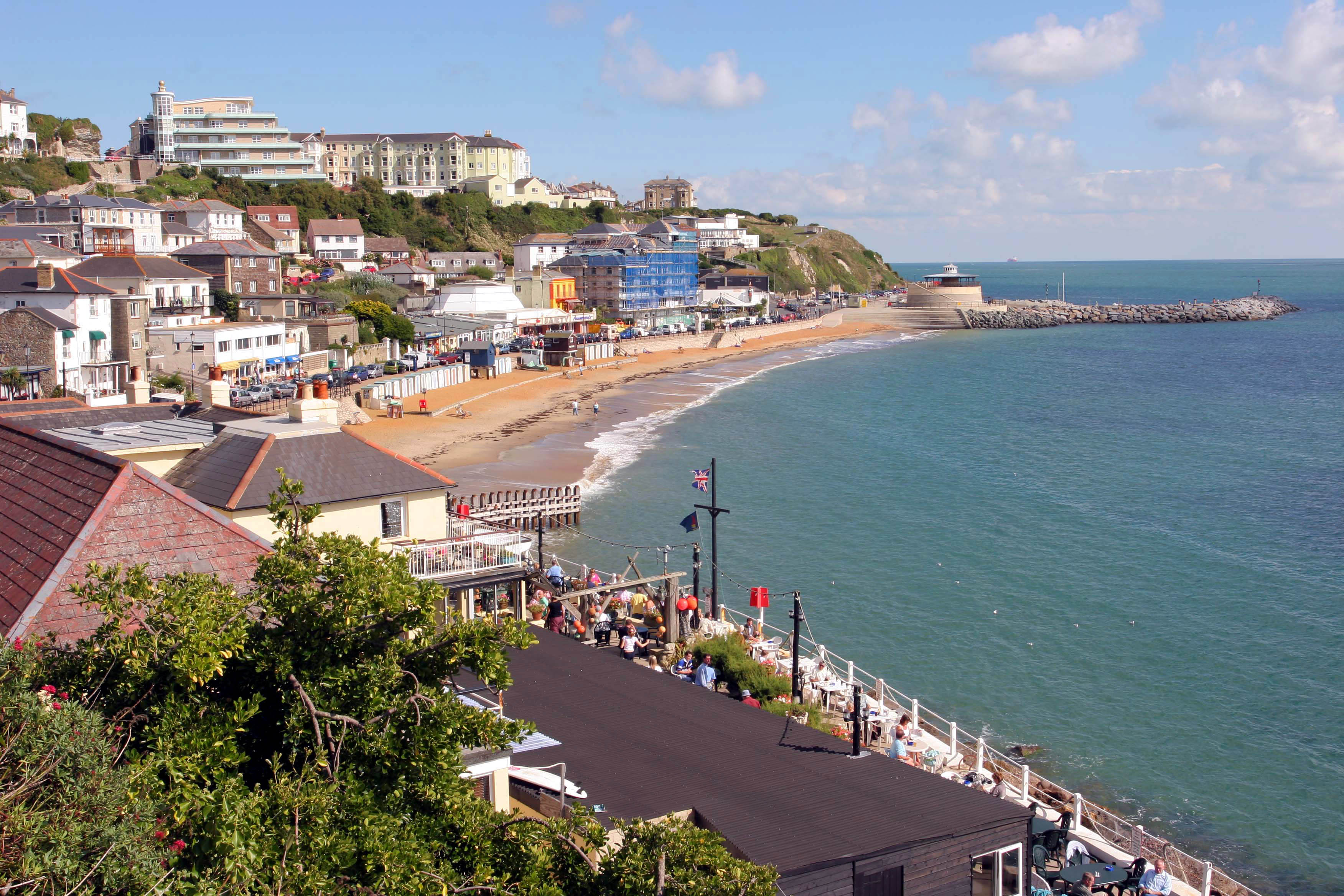

Taxed the same as livestock, a slave’s value was based on gender.īy 1860, there were 1,370 free blacks living in Isle of Wight County. Census showed that Isle of Wight County had 4,272 slaves in 1830.

Today, there are many descendants of the Tynes families in Isle of Wight County. These families flourished, building homesteads, farming and working the water in the community. It additionally left them livestock and a combined total of 4,750 acres of land, £900 and farm equipment. Timothy Tynes’ will of 1802, freed 62 of his slaves. In 1772, he purchased 50 acres of land from Joseph and Anne Goodrich. The first recorded black property owner in Isle of Wight County was Peter Beacock. His neighbor Matthew Jordan freed four of his slaves on the same day. William Scott of Windsor, most likely a Quaker, freed 24 of his slaves the following year - on March 7, 1783. Many slaves were freed by their owners as the result of this law.

It allowed for the freeing of slaves by an owner either through a will at the owner’s death or while an owner was alive through a deed of manumission. The Emancipation Act was passed in Virginia in 1782. In 1623, Isle of Wight County, then Warraskoyack Shire, documents its first four Africans at Bennett's Welcome, the plantation belonging to Edward Bennett. Recorded African-American history in English North America dates to August 1619 when the first Africans were involuntarily brought to the shores of Hampton Roads.


 0 kommentar(er)
0 kommentar(er)
